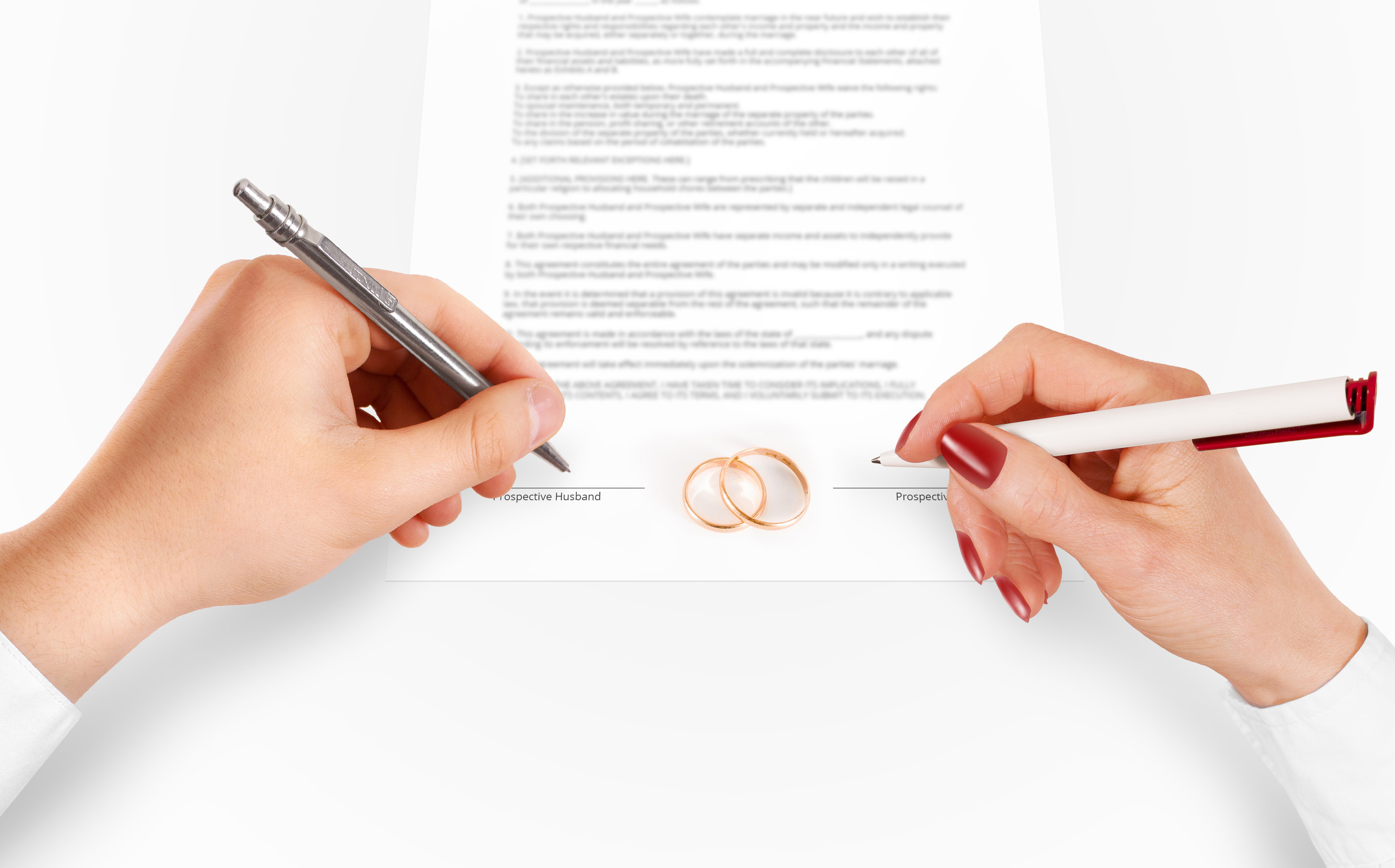 Having established in Part I and Part II the dangers that prenuptial agreements create and that certain situations nevertheless require them, it may be useful to consider how to effectively negotiate and draft a prenuptial agreement in a way that minimizes the dangers and maximizes its benefits.
Having established in Part I and Part II the dangers that prenuptial agreements create and that certain situations nevertheless require them, it may be useful to consider how to effectively negotiate and draft a prenuptial agreement in a way that minimizes the dangers and maximizes its benefits.
Use the prenup as a marriage-planning document. Instead of approaching the prenup as a divorce-contingency document, view and draft it as marriage-planning one. A marriage-planning document should require the parties to consider how they intend to lead their joint lives. What can each expect from the other? How will they pay their joint and separate living expenses? If their incomes differ substantially, how will they allocate their common expenses and vacations? Will they share all of their finances, or will they each maintain some portion for discretionary, whimsical expenditures that will not be subject to the veto or judgment of the other? Though some or all of these “lifestyle” provisions may not be legally enforceable, the change of focus converts the tone of the discussions, and the resulting document helps the parties avoid surprises. A good adage in life is that any time one person is surprised, another has failed to communicate properly. Steinberger, Make More Money by Being More Ethical, 33 Family Advocate 2 at 13 (Fall 2010) (any time a client is surprised, their lawyer has failed to communicate the possible and likely outcomes). Negotiating and drafting the prenuptial agreement can be converted into an opportunity for the parties to articulate and discuss their shared values, goals and desires, memorialize their common aspirations, and set the joint vision for their union, creating a stronger basis for their marriage instead of weakening it.






